We’ve put together an illustrated guide to place settings around the world. You will probably be more familiar with the traditional settings but as fast food culture expands its reach and people’s lives become busier, the modern settings we’ve created become more representative.
Traditional Place Settings
Below you will find the traditional cutlery set ups for different cultures around the globe.
China
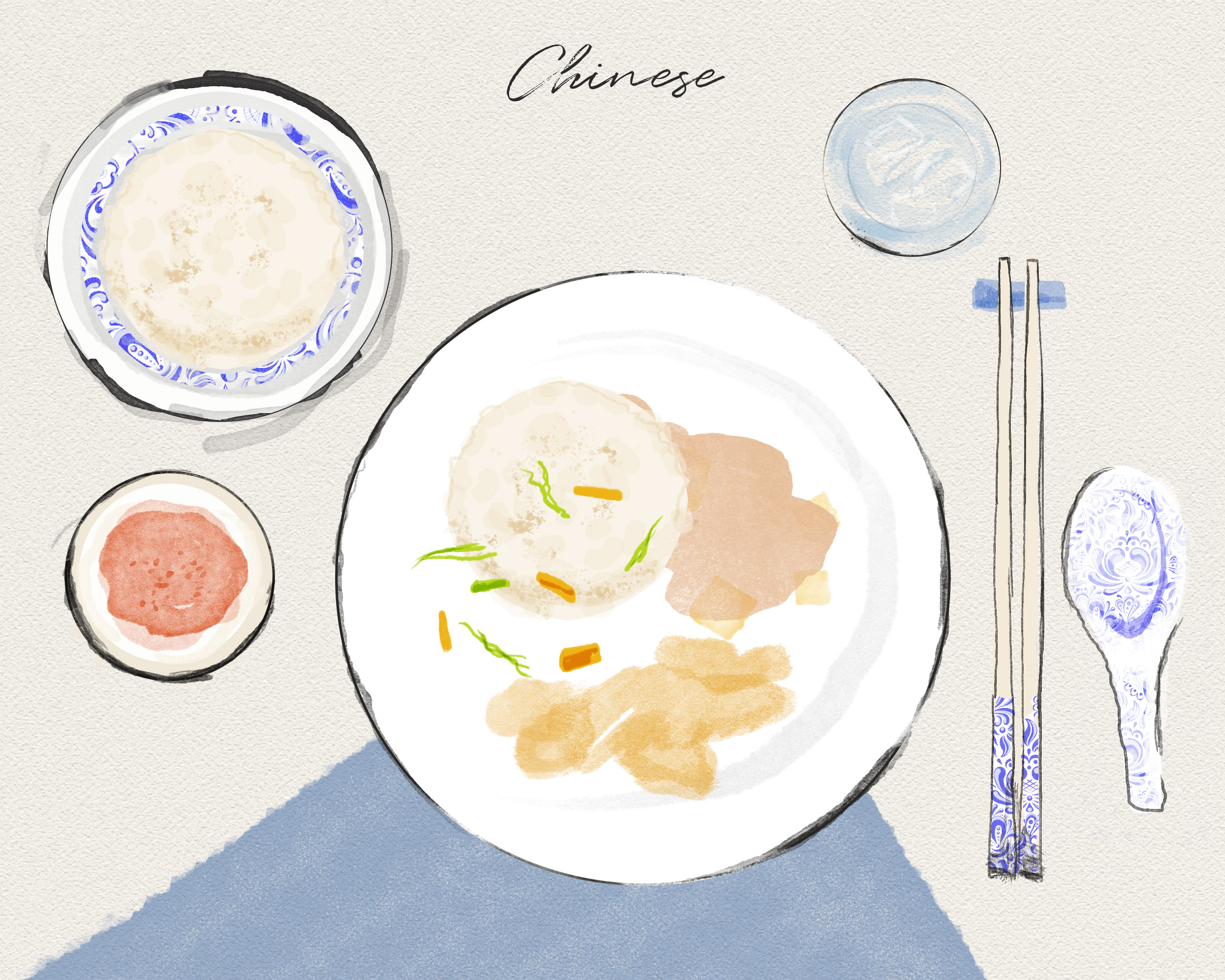
The Chinese tend to use round tables with Lazy Susan turntables for larger groups of people as this enables easy sharing of dishes, although square and rectangle tables are used also for smaller groups. Table settings include chopsticks and a spoon for cutlery and a large plate, small bowl, empty rice bowl and a teacup for dining. The cutlery tends to be situated to the right of the plate.
There is also a seating order when it comes to Chinese dining etiquette. The oldest person or the person with higher status faces the entrance and has the most central seat at the table. Guests higher up the hierarchy within the group sit closest to the person with the most status. The chair for those with the lowest social standing is situated nearest the kitchen entrance.
India
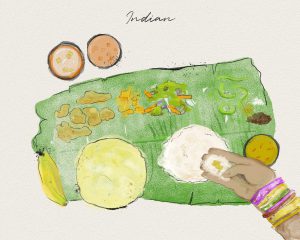
In Indian cultures it is common to eat with your fingers and traditionally food is eaten with the right hand. It’s viewed as unclean to use your left for dining. There are two dining setups traditionally; thali which is a round platter with multiple katori dishes on, and a large banana leaf. Both are used to serve diners a little bit of everything.
Japan
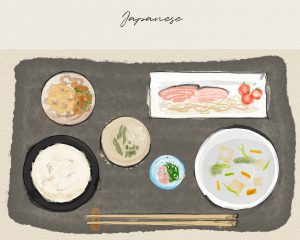
Japanese cutlery centres around chopsticks which sit directly in front of the diner. The style of their food settings is Ichiju-Sansai, which means one soup and three dishes – one of the dishes is usually rice.
Traditionally table settings in Japan would require an individual wooden table for each person, although this is less common today and western style tables have been greatly adopted.
Commonly on a table you will find chopsticks and a chopstick holder, soup bowl, rice bowl, a plate, a bowl and a small bowl.
British
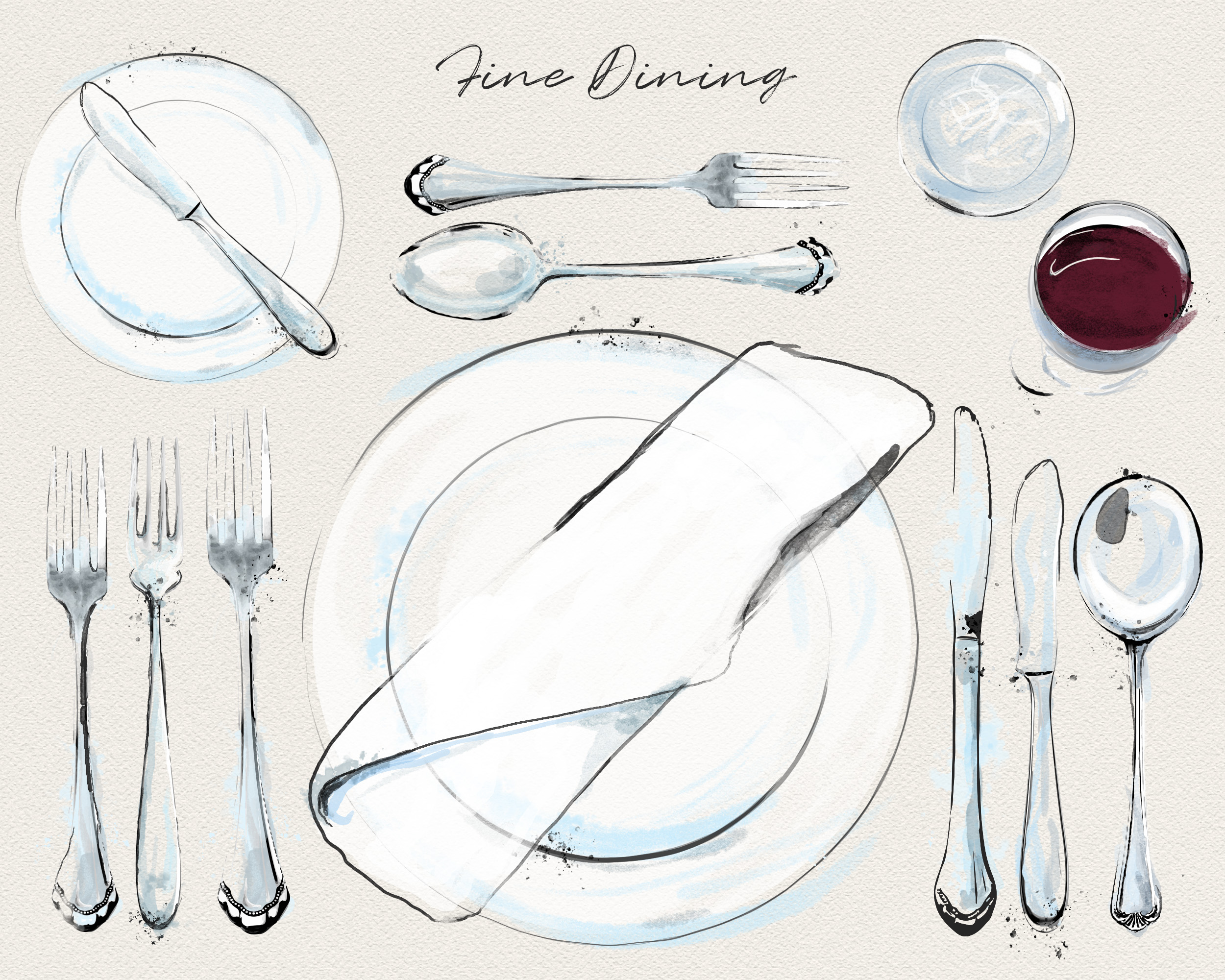
Traditionally the British dining set up resembled that of the modern fine dining experience. Everything is based around utensils, a central plate and a smaller plate. You have several utensils for different courses, the smaller plate for bread, and a napkin to put on your lap while eating. Everything on the table tends to be lined up in order of use, with the outer cutlery being used first and you make your way inwards towards the plate as you go through servings.
Modern Place Settings
The above artwork is historically what you’d find in those cultures and it does remain the typical way for dining. However, modern dining is more likely to be based on convenience. Fast food restaurants are now readily available around the world and their impact has changed how cultures eat their meals.
Traditional dining is now seen as a formality but day to day dining can resemble the following styles:
The Meal Deal
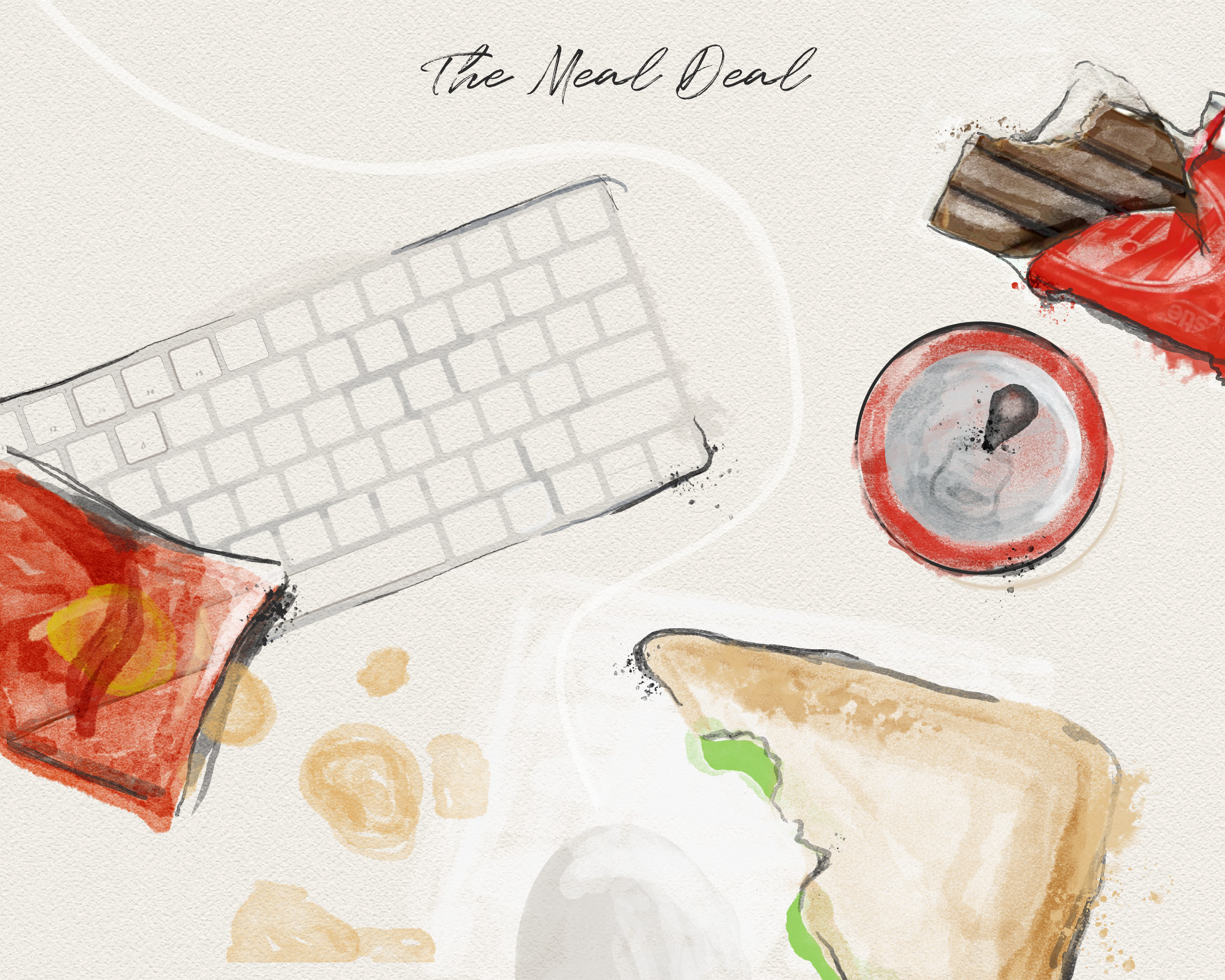
Eating at your desk or in the office is not uncommon and in the UK this typically involves drink, sandwich and either a packet of crisps or chocolate bar.
The TV Dinner
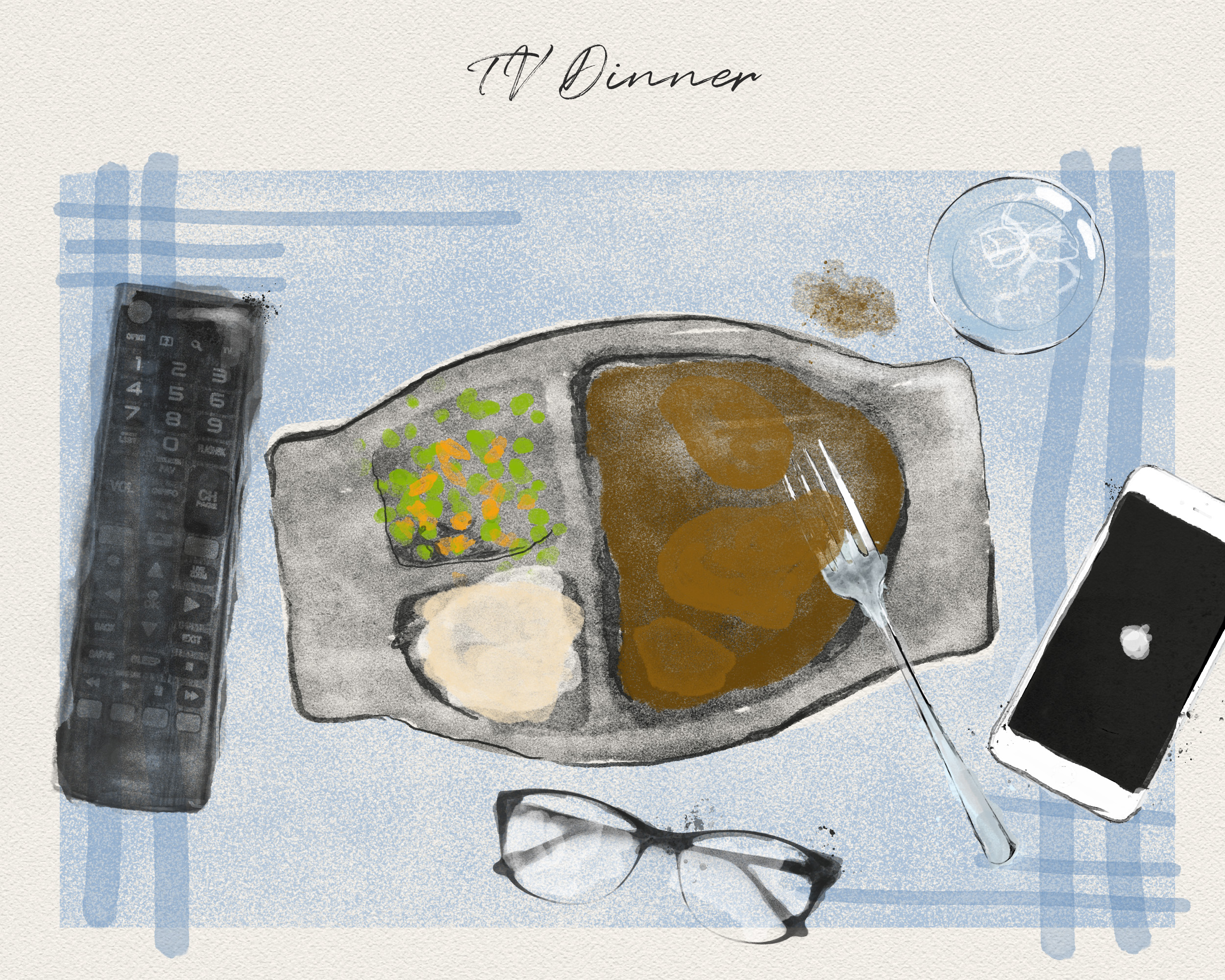
There is a decline in family meals sat around the table, and it is now common for families to eat in front of the television. While it is likely for children to eat their meals at the table still, parents are eating later after the children have gone to bed and they are combining parts of their day to save time. TV ‘microwave meals’ are a convenient food option for busy lives and with the meal already set out in a tray style that can be disposed of, they are taking over traditional place settings.
Takeaway
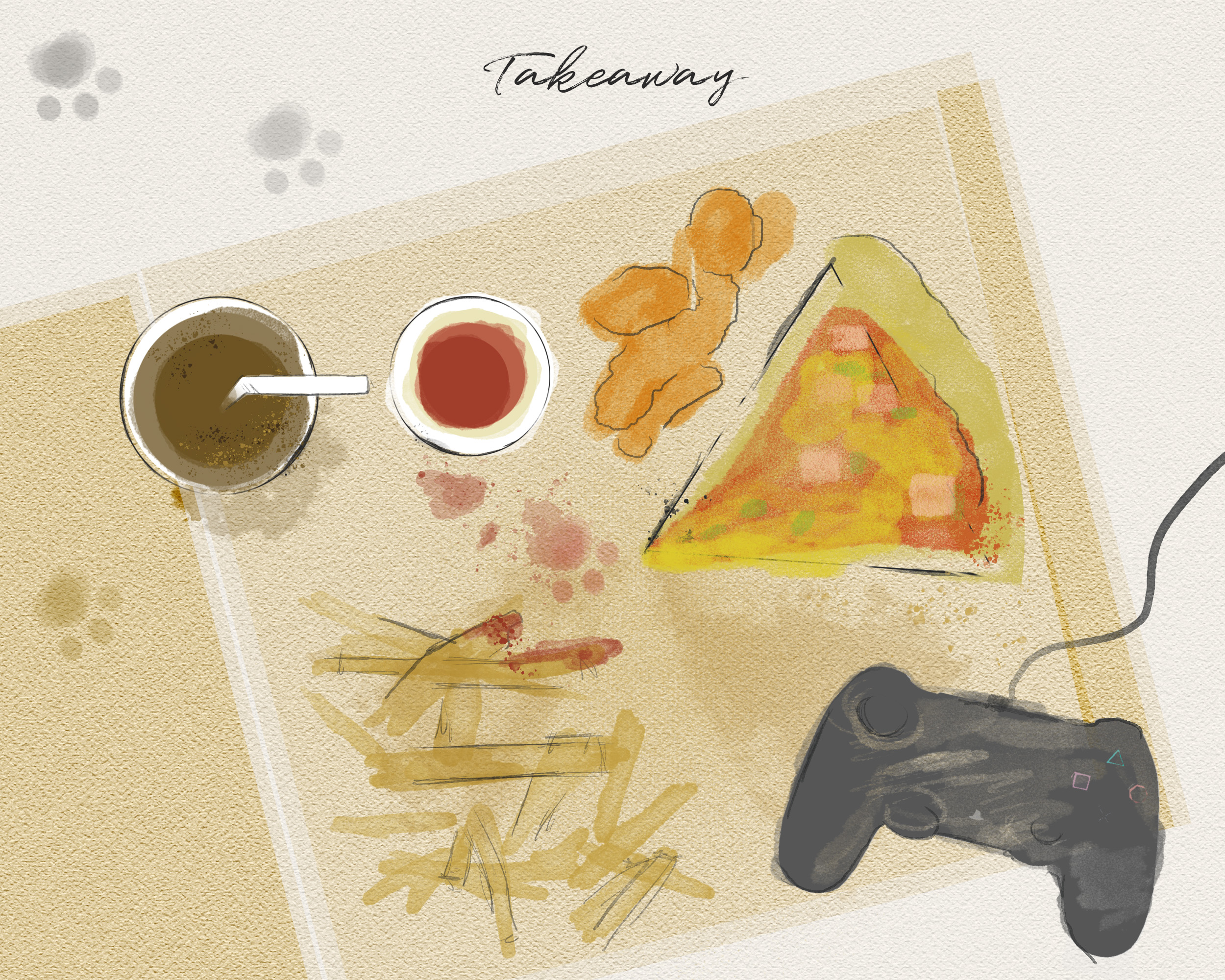
Similarly, to the TV dinner and meal deal, takeaway food is eaten from disposable items and there is little need for cutlery or traditional place settings. Simply eat from the containers and bin when done.
While the modern dining illustrations centre on Western food types and meal choices, our research shows that other cultures around the world are now just as likely to sit in front of the TV with their dinner or eat on the go.
